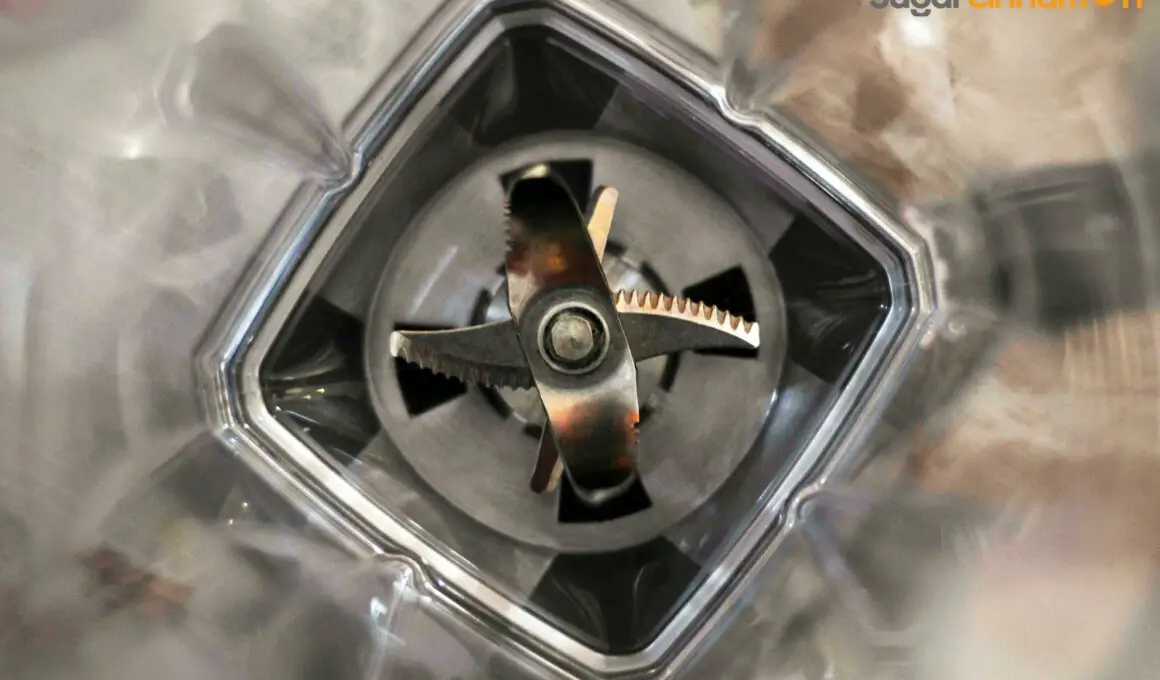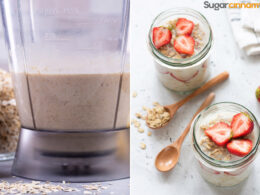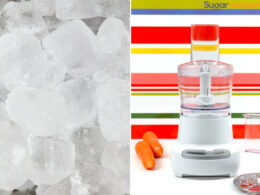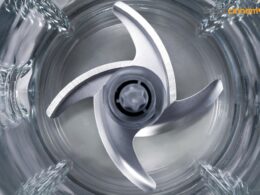Table of Contents Show
Blenders are one of the essential kitchen appliances that are used for multiple purposes. Whether making smoothies, soups, or grinding spices, blenders make the task more accessible and convenient.
However, the blender blades tend to become dull over time, making it difficult to blend ingredients efficiently. When the blades lose their sharpness, the blender’s motor has to work harder, leading to increased wear and tear, ultimately affecting the blender’s performance.
Although buying a new set of blender blades is an option, it’s not the most cost-effective one. The good news is, sharpening your blender blades can give your old blender a new lease on life.
In this article, we will guide you through sharpening blender blades, step by step. We will share the tools and techniques required to sharpen blender blades, how to avoid damaging the blades, and the precautions you need to take while sharpening them.
So, if you want to learn how to sharpen your blender blades and extend the life of your blender, keep reading.
Can I Sharpen Old Blender Blades?
Yes, you can sharpen old blender blades. Sharpening old blender blades is an excellent way to extend the life of your blender and save money, rather than having to purchase new blades or a new blender altogether.
However, the effectiveness of sharpening the blades will depend on how worn out or damaged they are. If the blades are heavily damaged, it may be best to replace them entirely.
But if the blades only have minor wear and tear, then sharpening them can significantly affect the blender’s performance. Follow the proper techniques and precautions to avoid damaging the blades while sharpening them.
Tools Required To Sharpen Blender Blades
Sharpening blender blades is a straightforward process that can be done easily with the right tools and techniques. Here are the tools and techniques you will need;
1. Flathead Screwdriver
Alternatively, you can always use pliers. You will need a flathead screwdriver or pliers to remove the blender blades from the motor.
2. Sharpening stone/ Sandpaper
You can use a sharpening stone or sandpaper to sharpen the blades. Sharpening stones will give you a more refined edge, while sandpaper will aggressively remove nicks and dings.
3. Lubricant
After sharpening the blades, you must lubricate them with a food-grade lubricant, such as mineral or vegetable oil.
Towel or Cloth
You will need a towel or cloth to wipe the blades clean.
How To Sharpen Blender Blades
Now, here are the steps to sharpen blender blades;
- Begin by unplugging the blender and removing the blades from the motor. Use a flathead screwdriver or pliers to remove the blades carefully.
- Once you have removed the blades, inspect them to see any nicks or dings. It may be best to replace the blades if there are any significant damages.
- You can use a sharpening stone or sandpaper to sharpen the blades if there are minor damages. Hold the sharpening stone or sandpaper at a 45-degree angle and run the blade along it, moving it back and forth until the desired sharpness is achieved. Make sure to sharpen each blade individually.
- After sharpening, wipe the blades with a towel or cloth to remove any metal pieces or debris.
- Apply a few drops of food-grade lubricant to the blades to prevent rusting and extend their life.
- Reinstall the blades onto the blender motor, ensuring they are properly secured.
- Plug in the blender, and test it to ensure it’s working correctly.
By following these simple steps, you can effectively sharpen your blender blades and extend the life of your blender.
Precautions To Take While Sharpening Blender Blades
1. Unplug The Blender
Always make sure that the blender is turned off and unplugged from the electrical source before you begin sharpening the blades. This ensures your safety and prevents accidents.
2. Wear Protective Gear
Sharpening blender blades can be dangerous if you’re not careful. Always wear protective gloves, safety glasses, and a mask to protect yourself from flying debris and dust particles.
3. Use The Appropriate Tools
When sharpening the blender blades, use the appropriate tools, such as a sharpening stone, honing steel, or sandpaper. Don’t use anything that could damage the blades, such as metal files or abrasive tools.
4. Clean Blades Before Sharpening
Clean the blades thoroughly before sharpening to remove any debris or dirt that could interfere with the sharpening process.
5. Follow The Manufacturer’s Instructions
Always follow the manufacturer’s instructions for sharpening blender blades. Different blender models may require different sharpening techniques, so reading the manual before starting is important.
6. Don’t Over-sharpen the Blades
Over-sharpening the blades can cause them to become too thin and brittle, reducing their overall lifespan. Sharpen the blades just enough to restore their cutting edge.
7. Test The Blades Before Use
After sharpening the blades, reassemble the blender and test them to ensure they’re properly aligned and cutting smoothly. If the blades aren’t working properly, disassemble and sharpen them again.
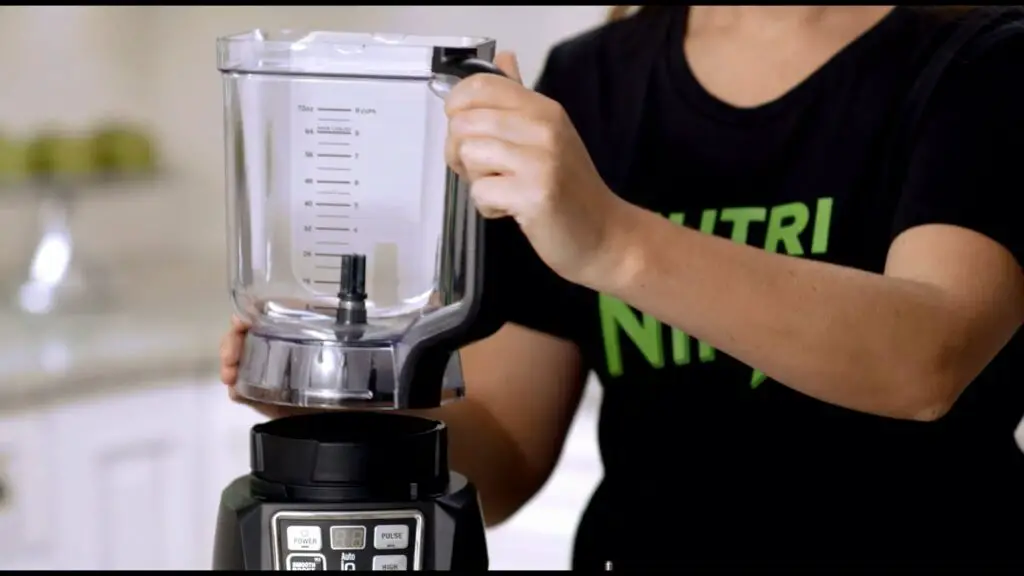
Useful Tips On How To Avoid Damaging Blender Blades
If you have ever wondered if there are ways you can avoid damaging your blender blades, of course, yes! Below are helpful guidelines you can use to ensure that your blender and blender blades are in the best shape;
- Avoid overloading the blender with too much food or liquid. This can put undue stress on the blades and cause them to become damaged.
- Cut food into small pieces before blending to avoid putting too much pressure on the blades. This will also help the blender to blend food faster and more efficiently.
- Don’t blend hard foods like ice, nuts, or frozen fruits without ensuring your blender has the power and blades to handle them. Hard foods can put too much stress on the blades and cause them to become dull or damaged.
- Clean the blender regularly after every use to prevent food particles from building up on the blades. This will also help to keep the blades sharp and functioning.
- Use proper techniques like pulsing instead of constant blending to avoid putting too much pressure on the blades. This will also help to ensure that the blades last longer.
- Always store the blender in a dry and safe place to avoid damage to the blades or other parts of the blender. Don’t store the blender in a humid or damp place, as this could cause rust or corrosion.
In Closing
This article explains all you need to know regarding sharpening your blender blades.
Although you can sharpen the blades, you also have to remember that oversharpening the blades should be avoided as it could be damaging to the blender.
Also, it is best to take all the necessary precautions in this blog post to ensure the task is done perfectly right!






